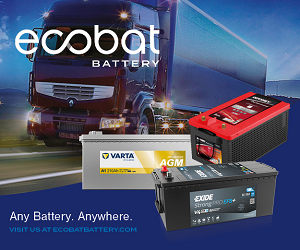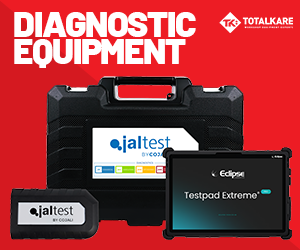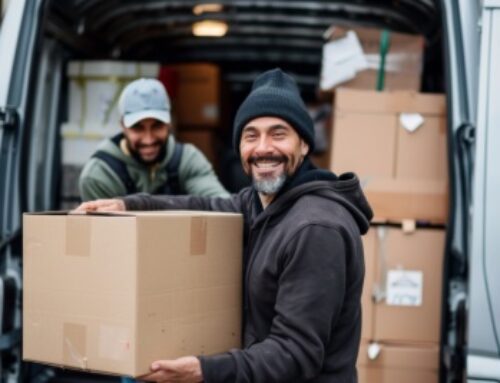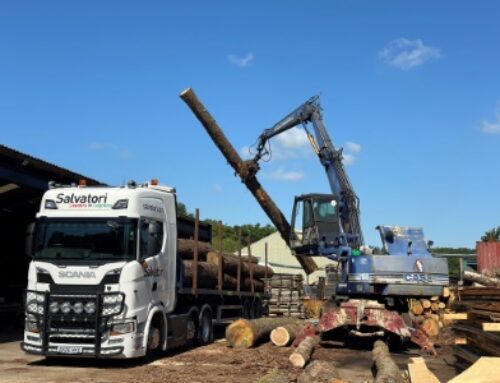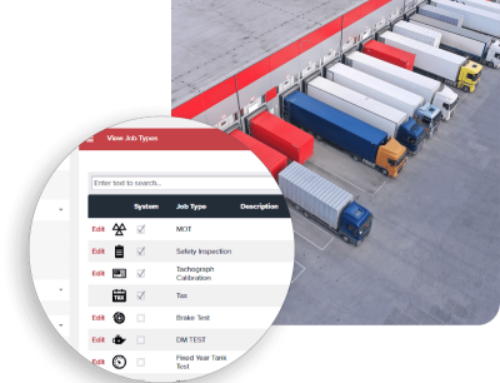Don’t let criminals take the cake
 Jay Biring, CEO and co-founder of Exeros Technologies, offers his perspective on what fleet operators can do to safeguard their vehicles and cargo against crime
Jay Biring, CEO and co-founder of Exeros Technologies, offers his perspective on what fleet operators can do to safeguard their vehicles and cargo against crime
Everyone’s got an opinion on what matters most to your fleet these days. Cut costs here, invest in security, focus on growth, don’t forget safety and compliance, oh, and have you tackled your carbon footprint yet?
It’s like baking a cake using eight different recipes, forty-six ingredients, and a crowd of food critics commenting on your every move. And when you’ve finally finished?
Criminals come around and help themselves to a slice.
In the UK alone, criminals stole or damaged over £200 million worth of vans, over £100 million in HGV goods, and £3.5 billion worth of tools – and that’s just counting the direct losses. There’s also the loss of income from the vehicle, tools, or goods being off the road. There’s reputational damage. Higher insurance premiums. Admin. Legal issues. Not to mention the impact it has on your people.
At this point, investing in security seems like a no-brainer, right? In isolation, sure. But again, focusing on one thing means sacrificing another. The smarter question is, how do you solve several problems in one go?
Why crime is on the rise and what the government says
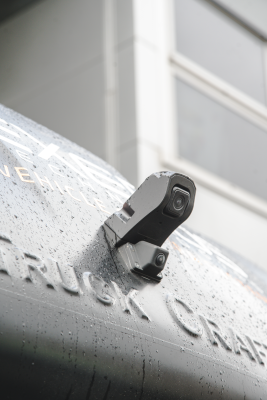 Before we look at the solution, let’s pop the bonnet and see what’s causing the rise in vehicle crime. The police and most vehicle security companies seem to agree that the main problems are a lack of security in these areas:
Before we look at the solution, let’s pop the bonnet and see what’s causing the rise in vehicle crime. The police and most vehicle security companies seem to agree that the main problems are a lack of security in these areas:
- At laybys, service areas, and other dedicated or street-side parking: CCTV, proper lighting, manned security, etc.
- On the vehicles themselves: CCTV, tracking, sensors, extra locks, alarms, and rapid response
- On the goods and tools inside the vehicle: CCTV, extra locks, alarms, sensors
In other words, parking in the UK is rarely secure enough, and companies can’t justify spending money on measures like CCTV, alarms, and tracking to prevent losses that might happen, however likely they might be.
And so, crime thrives.
The government knows this, and they did grant some funds last year towards improving truck stop security, which was extended this year. Some MPs are also pushing for updated codes and legislation to support the police in dealing with vehicle crime. But these are small, isolated solutions to a complex, nationwide problem. It won’t be enough.
Unless they find a way to provide secure parking across the country, which is unlikely, people will need to order their security as takeaway.
What solutions have been tried so far?
In fairness, some companies are fortunate enough to be able to invest in vehicle security. From reinforced bodies to steel curtains, basic CCTV, sensors with alarms, extra locks, and more, there are lots of good solutions out there. Some work fantastically well, others not so much.
That’s not really the point.
The point is that investing in these security solutions means you can’t invest in tackling another, equally urgent and important item on your list, such as compliance, accidents and repairs, tickets, false claims, high insurance premiums, and the mountain of paperwork and admin that is part of that package.
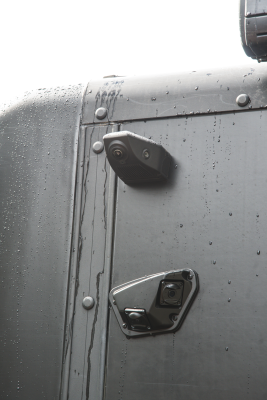 Essentially, security becomes just another cost with no tangible return. It’s little wonder that even proactive fleets feel they’re one bad day away from breaking point.
Essentially, security becomes just another cost with no tangible return. It’s little wonder that even proactive fleets feel they’re one bad day away from breaking point.
What is the actual solution?
Instead of trying to solve security in isolation, solve it in combination with compliance and safety. For example, instead of getting some CCTV cameras for your fleet, speak to a safety tech partner that knows how to use AI-powered cameras, sensors, and video telematics to serve more than one purpose.
That way, you can have better CCTV while simultaneously lowering your accident rates, insurance premiums, false claims, fines, admin, and compliance issues. Some partners will also offer benefits like vehicle tracking, blind spot detection, 360-degree eagle-eye views for tight or busy spaces, and even low bridge warning systems.
Inside the vehicle, a good partner should help you set up smart cameras with recorders and live view, protecting the vehicle when it’s in use and when it’s not. Motion detection can wake the system if anyone approaches, triggering alerts for the driver or control centre.
Of course, these solutions won’t replace traditional deterrents like extra locks and secure parking. But they add a multi-purpose, proactive and reactive layer of defence that people can take wherever their fleet goes. Most importantly, by combining safety and security into a single system, you avoid having to buy, install, and manage multiple separate solutions with no return.
Final thoughts and one last cake metaphor
Instead of tackling problems one by one, take a step back and look at the bigger picture. Security and safety go hand-in-hand, and once you start looking through that lens, you’ll spot other smart combinations hiding in plain sight.
The industry needs that shift in mindset today. Crime is rising fast, and it’s not showing any signs of slowing. Businesses that turn a blind eye to it will keep struggling, and the next theft could be a tipping point for many.
The good news? Those who find ways of solving several problems at once will have their cake and eat it, too.



